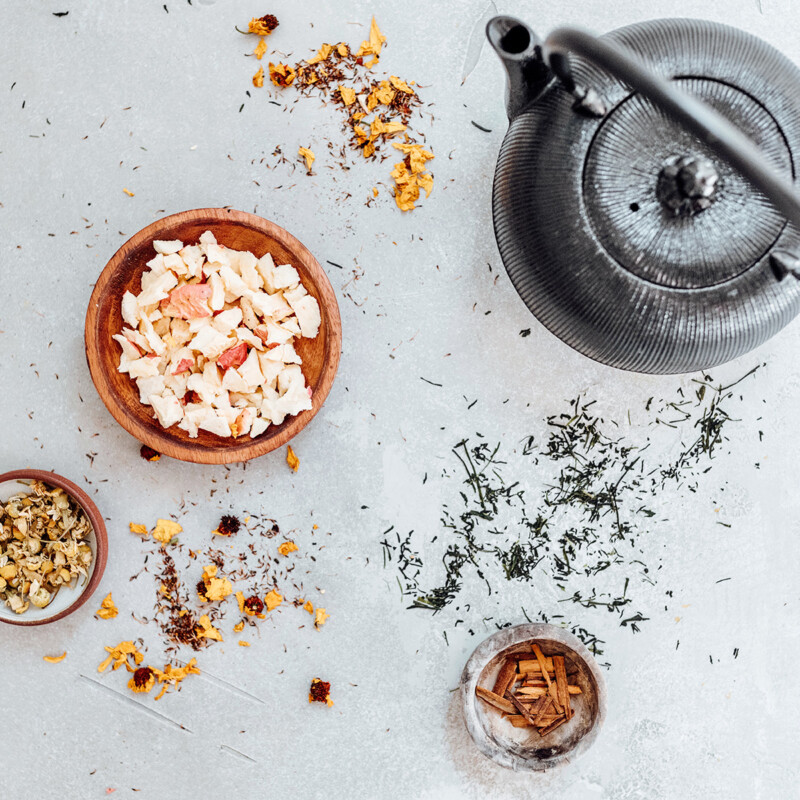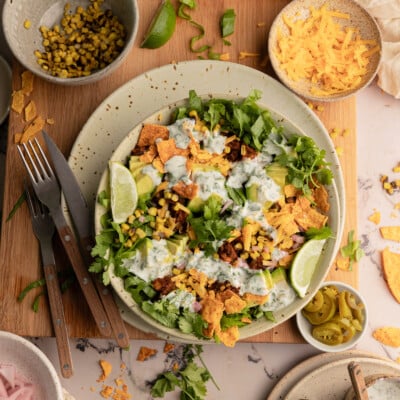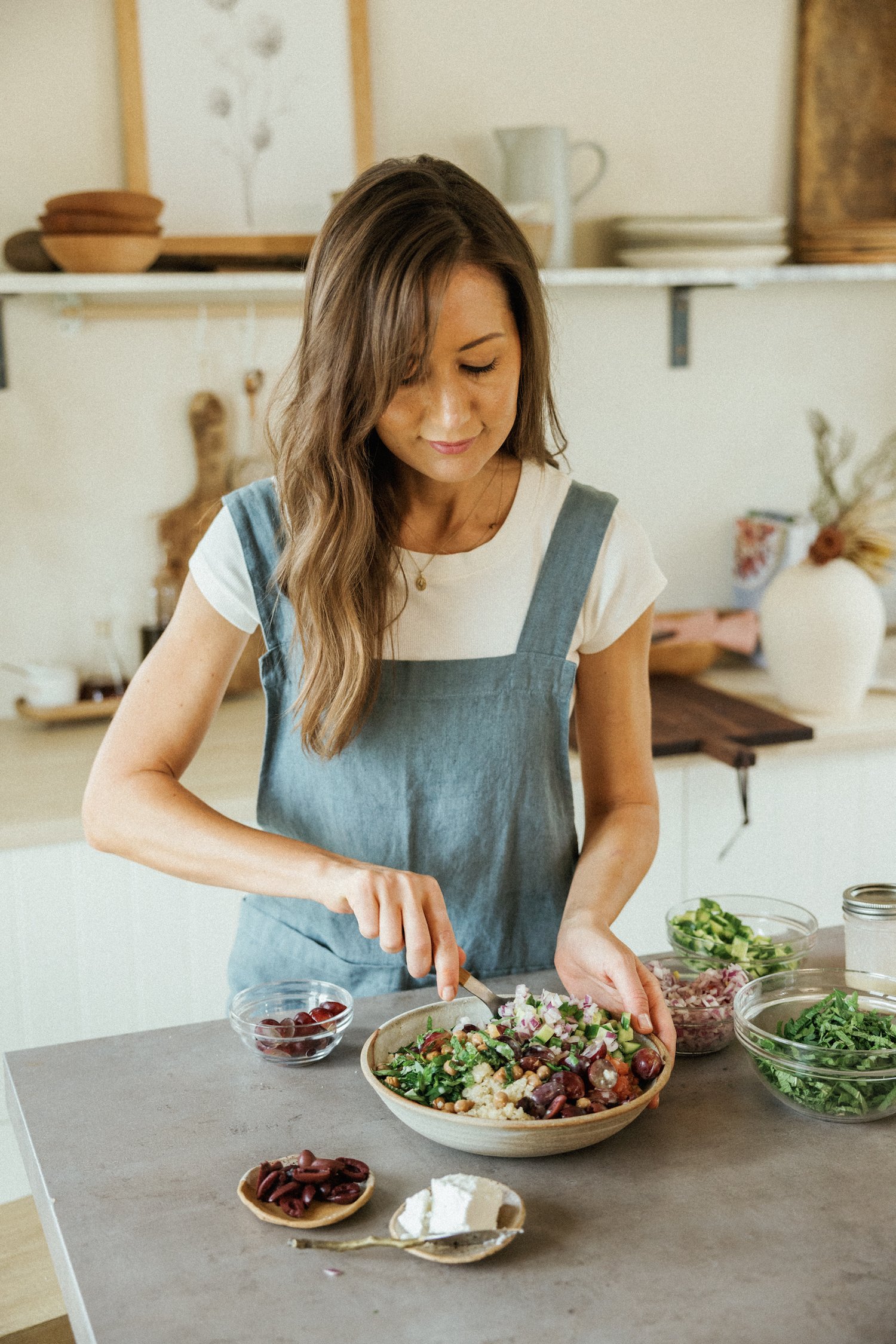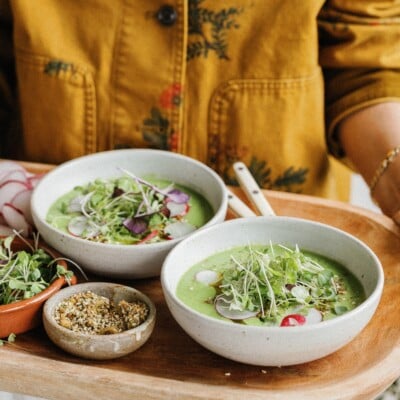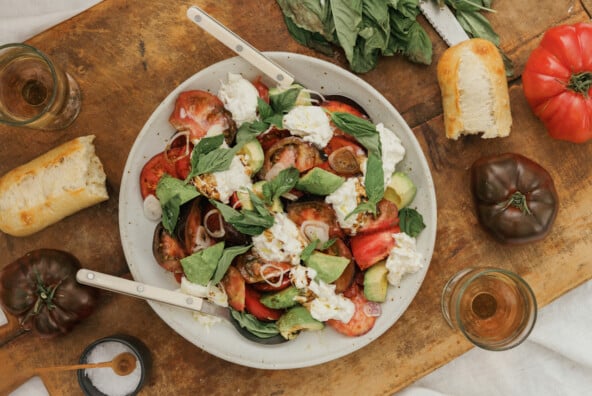Perhaps I’m seeing the world through a macchiato mindset, but it seems, in the competition of cool, coffee tends to drown out tea. Coffee, with its jittery attitude, and potentially punchy personality, can intimidate its tea counterpart. Though I’ve gotten away from it over the years, trading cup and saucer for trendy butter-infused cups of caffeine, I’m here to shine a sweet light on the steeping beauty behind a soothing cup.
In considering my mission, I thought back to tea’s lovely traditions. When I was young, I not only loved to host tea parties for my stuffed animal guests, but I also loved a proper high tea. The scones and clotted cream. The French lace doilies, porcelain cups, and sterling teapot. There were cucumber finger sandwiches and sweet little sugar cubes. I’d wear a dress and a set of pearls for the occasion. I felt fancy, grown-up, despite my feet often dangling from the too-tall chair I was seated in to enjoy the experience.
As I’ve grown, so have my taste buds. My once Constant-Comment-or-nothing mentality has shifted, and I’ve opened up my eyes to a whole world of teas. In the doldrums of a Texas summer, my new refreshing pick-me-up is a green tea on ice, and when I need to warm my bones, I reach for a hot cup of matcha or chai.
While I’ve enjoyed learning about teas on my own, I know there is a deeper saucer to dive into. I set out to shed my loose-leaf knowledge and up-level my education by the dynamic Billy Weston, Beverage Director and GM at Otoko and Watertrade in Austin.
Read on to learn the types of teas, brewing tips, and which kind of tea really isn’t tea at all…

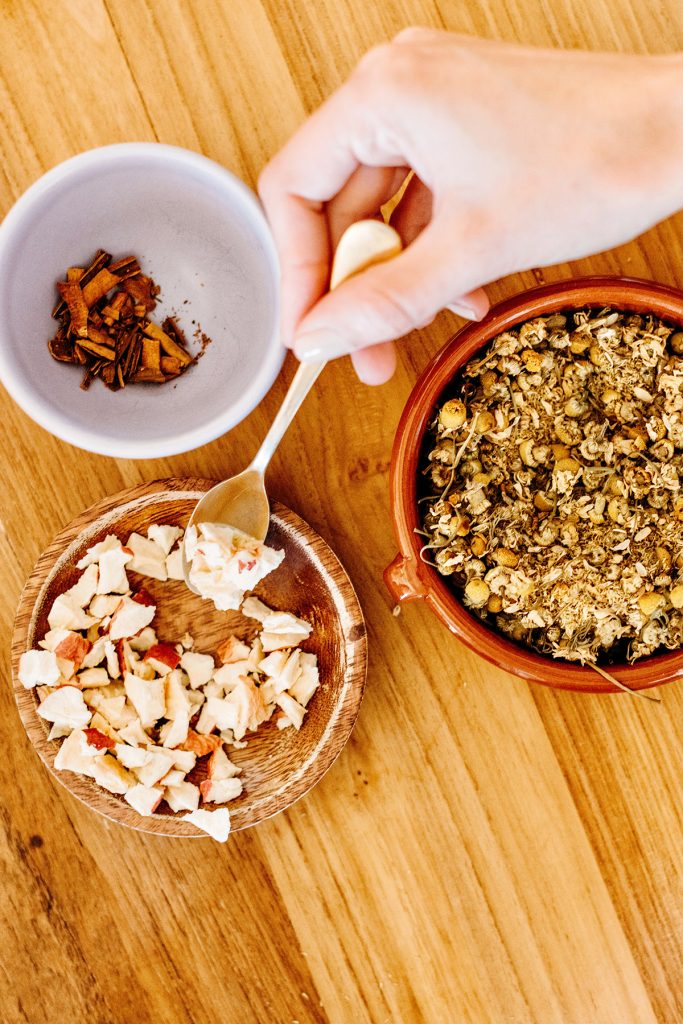
First things first, what really is tea?
Tea is, at its most basic, the Camellia Sinensis plant which is an evergreen shrub/small tree. The leaves are the primary source of tea and there are a handful of other cultivars in the same genus that you can use to make tea as well (Assamica and Crassicolumna) though Sinensis is by far the most prevalent. How you treat the leaves/sticks/plant once it’s being harvested is where we get into the different styles of tea available out there.
What are the types, caffeine content, and health benefits of tea?
This question would take me a MUCH longer time to review in-depth, but I’ll cover the basics that most people are probably familiar with (and some they may not be!) and cover the answers to both below:
White tea
Delicate, minimally processed teas. Light body and flavor profile, low in caffeine.
Green tea
Some oxidation, tends to be either steamed or pan-fired in order to halt oxidation. Mild taste, medium caffeine (quarter of a cup of coffee roughly). Japanese green teas tend to have higher caffeine content than Chinese green teas due to the harvesting + firing methods.
Purple tea
Typically found growing wild in the Assam region of India, Kenya is the largest producer of this type of tea. Similar to oolong in harvesting method and drying style from these regions, it can be found coming from China in a much lighter format as well. Caffeine levels are very low but it is high in antioxidants. Lighter bodied, mellow flavor.
Yellow tea
Very rare type of tea, the process is similar to making green tea but the added step of encasing it prior to steaming creates a milder flavor profile than green. Expensive stuff! Caffeine levels are equal to green tea, mellow flavor.
Oolong tea
Partially oxidized, more so than green but less than red tea (or black as we know it), they can range widely in how much oxidization a particular tea can undergo. This creates a wide range of possibilities when selecting oolong teas. Oolongs from China and Taiwan are particularly well known to tea drinkers. These teas tend to have a heartier liquor and aroma, their caffeine level higher than green teas.
Red tea
This is what we know as black tea. Most of the tea-drinking world refers to this style of tea as red tea. They tend to brew a reddish color and be nearly half of a cup of coffee in their caffeine content. Depending on where the tea hails from and its method of preparation, it can have wildly different traits.
Pu Erh tea
Aged and partially fermented, Pu Erh and aged teas are what most of the tea world knows as black teas. These are the richest, deepest teas. The leaves are harvested, steamed, and pan-fired to halt oxidation as all teas are, but they undergo the additional treatment of being aged and fermented and always coming from Yunnan province, in China. Think of Pu Erh tea like you would Champagne—it has to be from Yunnan to be called Pu Erh!
Tisane (herbal tea)
Not *technically* a tea as it’s not from the Camellia Sinensis plant, herbal teas are actually referred to as tisanes. Very rarely do they contain caffeine, as they tend to be made of herbs and spices blended together.


How do tea pairings work with food?
Tea pairings are just like any other pairing, though they work particularly well with Japanese cuisine as their flavor profiles are far more delicate. You either want to complement a flavor profile or provide an opposing profile that refreshes the palate.
Should tea be consumed hot or cold?
That depends entirely on your mood and what you want to get from your tea. Try all sorts of different ways! One of the most interesting aspects of tea is the way it transforms if you brew it cold, hot, Gong fu style, Western method. It’s quite the adventure for the palate.


What is the difference between the Western Style tea and the Gong Fu brewing method?
The difference between these two methods is a matter of time. The Western method operates with a single infusion (or steeping) of tea over the course of a minute to several minutes depending on the type of tea. This style of brewing is great for a one-and-done scenario. If you really want to experience what tea can be, try the Gong-fu method. This takes the tea through several steepings, including an initial rinse in hot water to awaken the leaves’ potential. It’s a very zen experience and I highly recommend participating in a tea ceremony with a trained tea professional sometimes. The tea progresses over a number of steepings, depending on the style of tea. Darker teas can be steeped longer and over the course of many infusions. Each steeping sees a transformation of the flavor profile, maybe an added hint of something that wasn’t there before.
Tell us about your Yoshi-cha tea you created.
Yoshi-cha! This is the tea that Yoshi (Okai of Austin’s Otoko restaurant) and I created with Smith Teamaker. Yoshi had worked with them before at Feast, liked their tea, and got to see their headquarters when he was in Portland. The pandemic hit and blew our plans to high heaven, as they did for everyone! We finally came back around post-pandemic and I suggested we reopen the conversation about the tea with Smith and it was off from there. We wanted to encapsulate the perfect sushi accompaniment that combined elements of Yoshi’s various influences—Texas and Japan being the primary! The amazing team at Smith met with us remotely, discussed our thoughts (we knew we wanted a Hojicha-style tea), and added in some suggestions based on the conversation. We settled on some key elements of sansho pepper and yaupon being in the mix, with sage and yerba santa making up the remaining balance of the blend.

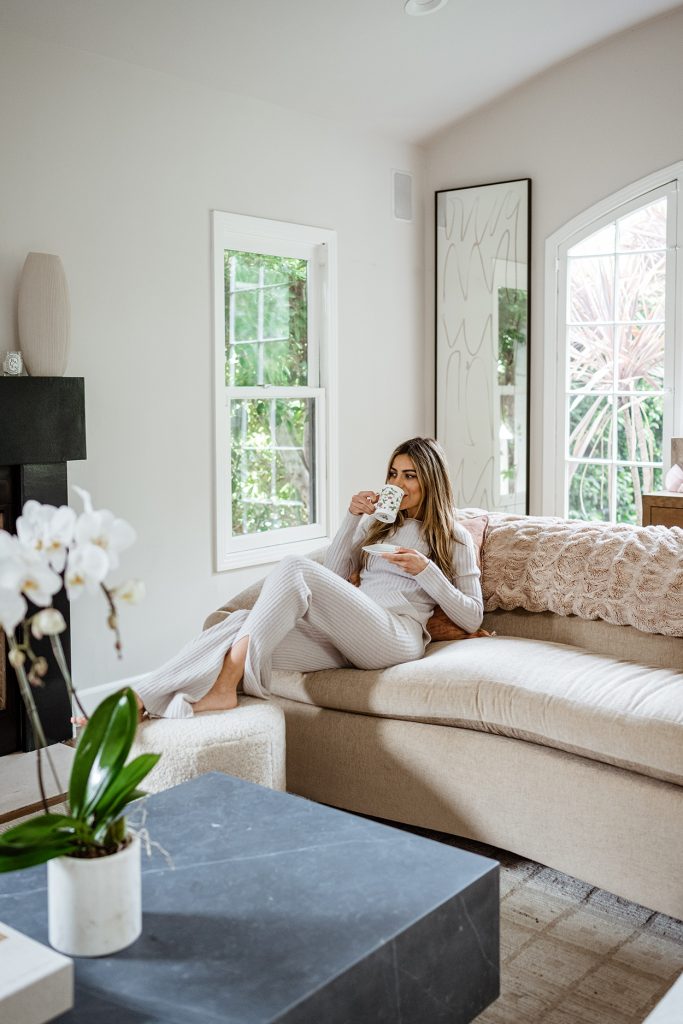
What food pairs best with Yoshi-cha and how do you like to drink it?
We pair the Yoshi-cha with the latter end of the sushi portion of the meal at Otoko. This pairs it up with uni and madai, as well as with some composed sashimi dishes. The bolder nigiri and the multi-faceted flavors of the sashimi dishes work really well with how dynamic the Yoshi-cha is. It’s bold yet calming, refreshing but earthy and grounding too.
What is your favorite way to drink Yoshi-cha at home or at the restaurant?
I love it as a cold brew when I’m drinking it casually though adding it into a cocktail or a punch is amazing! Try it in a Philadelphia Fish House Punch to really wow your next party guests.


Teabags or loose leaf?
Loose-leaf if you have the time. Get yourself a tea infuser! It’s so worth it.


Fave teapot? And teacups?
Teapots
Literally, anything I can find, ha. I love thrifting for cute vintage ones where I can.
Teacups
The more the merrier! I get my fix by shopping for teacups for the pairing set, so come check it out at Otoko sometime and see my new finds. It’s all about Etsy!
Any other insights you want to leave us with?
Don’t be scared by tea, just drink it. It’s a fun beverage and despite what some tea elitists may tell you, you can enjoy it however the hell you want!

